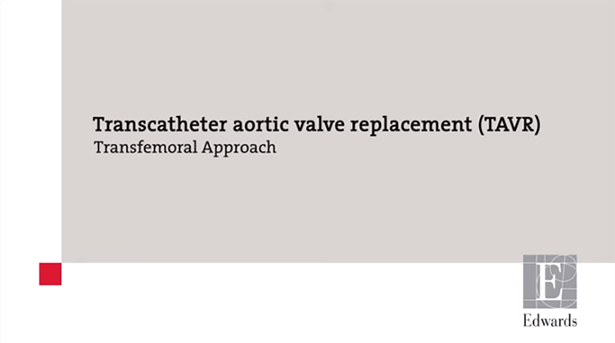TAVR, or transcatheter aortic valve replacement, is a minimally invasive procedure that replaces a heart valve (aortic valve). It’s most often used to treat aortic stenosis, a valve problem that affects more than 2.5 million people in the U.S. over the age of 70. Your new TAVR valve will be a tissue valve from a cow or pig that is supported within a metal stent. It will be guided into your heart to replace your diseased valve.
One of our primary goals is to make every step of the TAVR process as efficient and compassionate as possible. In general, we try to evaluate you within two weeks of your referral and replace your aortic valve within two weeks of your evaluation.
When you are referred for an evaluation, you will receive a welcome packet in the mail that includes a list of items to bring to your visit, including:
We encourage you to bring family, friends, or anyone you’d like by your side. A typical visit includes:
Our team is here to help you prepare for your TAVR procedure. We've pulled together instructions for before, during, and after, but please do not hesitate to reach out with questions or concerns if any come up.
Richard Kladstrup TAVR Patient Story from Rochester Regional Health on Vimeo.

The transfemoral approach works for 95% of TAVR recipients. Your Valvular and Structural Heart provider will help you determine which approach is right for you.
Watch the Video
U.S. News & World Report, the global authority in hospital rankings and consumer advice, has named Rochester General Hospital as a 2022-2023 High Performing hospital for transcatheter aortic valve replacement (TAVR). This is the highest award a hospital can earn for U.S. News’ Best Hospitals Procedures & Conditions ratings
